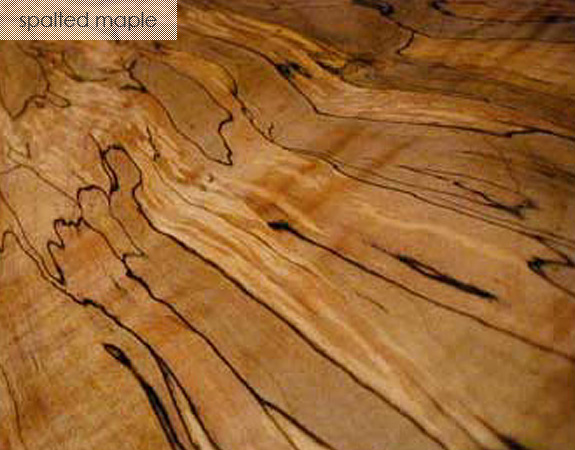Bigleaf (Oregon) Maple March 26 2014
I thought I would do a short blog series about some of the more common woods that Coyle uses in building. Each one is its own with unique structural and aesthetic properties. The ones Coyle uses most are Maple, Walnut and Douglas Fir and I will profile a few others that we get to build with.
Maybe the most common, for us, to build with is Big Leaf Maple aka Oregon Maple. It can grow to have an 8 foot diameter and be over 100 feet tall. Its a hardwood that sheds its leaves in the winter. Its native to the western coastal states and provinces of North America and is relatively common there.
The strength to weight ratio of this wood is relatively high. This means, in a helmet, that it will be more durable but absorb somewhat less energy than a softer or weaker wood when an impact occurs. That said, Bigleaf Maple is not a particularly heavy hard wood and so it is also not overwhelmingly stiff and sturdy (which is good, you want it to break when you crash.) Maple has some of the greatest color and grain pattern diversity of any wood Coyle works with. It is close to impossible to accurately predict just what the end product will look like when starting out. It also is relatively common to find maple having figure such as burl/birdseye, fiddleback/curly and spalting (fungal infections that change coloring and create organic "patterns" in the wood.
Here you see spalted, burly and fiddleback maple samples respectively.


Here is an example of Maple Tree burls. There is some debate about what causes figure and burl in woods generally. Maple tends to have it more often than most wood species though. It seems to help give extra stability to trees that have undergone some sort of environmental stress or trauma.


Maple is a great choice for helmets because of its balanced strength to weight ratio and its tremendous aesthetic diversity. Even though I have built more maple helmets than any other species it is still great to build with because of that diversity.
The maple that Coyle uses comes from forests and urban sites as well. If we can locate a large tree with a lot of figure it gets processed into rounds and then rough cubes with a big chainsaw and then we can start machining it to dry. But that is another story! Hope some curiosity was both satisfied and stirred.
Dan
